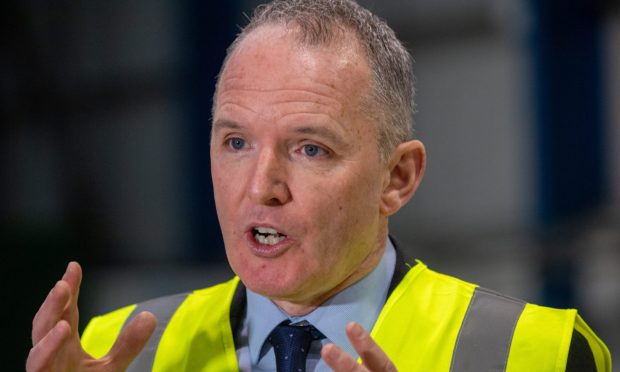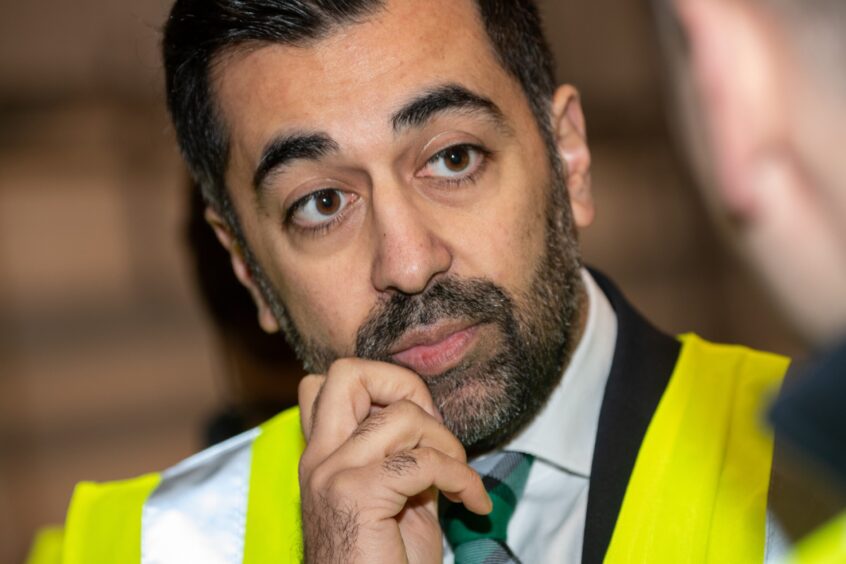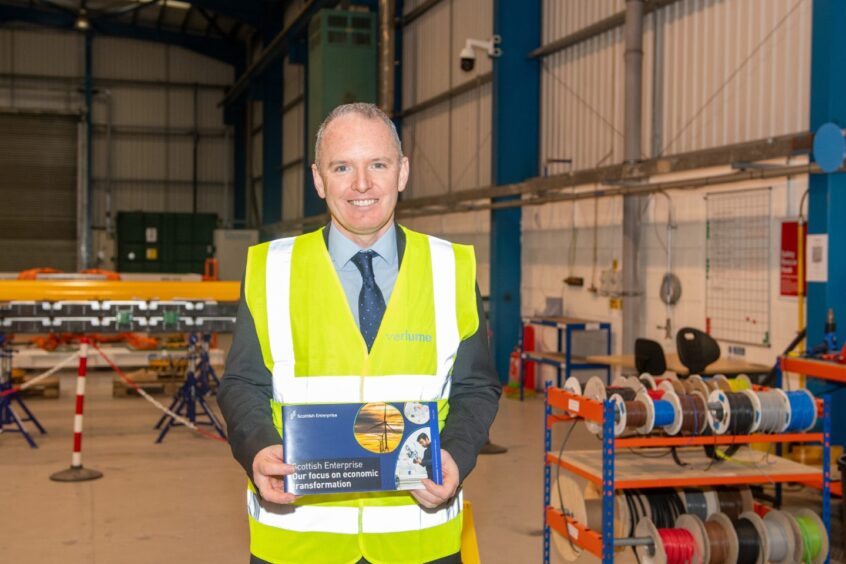Scottish Enterprise (SE) has unveiled a new blueprint for economic growth, so what’s changed?
And how will the north-east benefit from its three ‘missions’ of energy transition, productivity and innovation?
The good news is Aberdeen city and shire have no shortage of firms ticking all three boxes.
SE chief executive Adrian Gillespie knows the region well, having previously held the role of head of energy at the economic development quango.
New strategy aims to deliver thousands of new jobs across Scotland
He was also on the board at economic development partnership Opportunity North East.
I sat down with him to discuss the new strategy, which aims to kick-start thousands of new jobs and unlock billions of pounds to help transform Scotland’s economy.
This is all set out in a document – Our Focus on Economic Transformation.
New blueprint launched in Aberdeen
Mr Yousaf told me it is unlikely there will be any extra Scottish Government cash to support the activities of SE anytime soon.
Highlighting “really challenging” public finances, the first minister said the government “will do what we can” with existing resources to unlock Scotland’s economic potential.
Holyrood’s annual funding allocation for enterprise trade and investment activities, including those run by SE, was recently slashed by more than 15% to £348.7 million.
SE’s budget for the current financial year to April totalled £325.7m.
But far from looking despondent about a looming funding squeeze for 2024-25, Mr Gillespie told me government cash is only part of the picture.
SE is growing its revenue from private equity investments like the one in Verlume, he explained.
And choosing the right businesses to invest in will boost the agency’s coffers further down the line, he said.
With our vast renewables potential, the transition to #NetZero is an enormous economic opportunity for Scotland.
In Aberdeen @verlume_world I joined @neilcgray to launch @scotent's economic transformation plan:
✅ Energy transition
✅ Scaling innovation
✅ Attracting investment pic.twitter.com/uOT73fZa8t— Humza Yousaf (@HumzaYousaf) January 15, 2024
He added: “Scottish Enterprise has contributed a lot to the north-east over the past few years.
“But there is more to be done.”
SE’s new strategy to become “laser-focused on the high growth opportunities” will essentially be more picky about investments, while seeking to leverage in external cash.
They will in future be targeted at energy transition, innovative or especially productive businesses – those that can help deliver a step-change in Scotland’s economic growth.
Investments will be made in firms which can “make a difference” in our national prosperity, Mr Gillespie explained.
We want to support businesses to deliver transformational projects that create high-value jobs, boost productivity and increase global exports 📈
Find out more about 'Our future focus on economic transformation', launched yesterday ➡️ https://t.co/lEufHPrbUJ#Scotland #Economy pic.twitter.com/E5WTfa5h4j
— Scottish Enterprise (@scotent) January 16, 2024
A key part of SE’s future direction is in the partnerships it will forge, domestically and internationally, he said.
The agency’s energy team has already had success in this area, he said, adding: “We want to replicate that.”
SE believes its new mission-based approach offers a framework to “concentrate our efforts and target support towards those areas and businesses that will realise Scotland’s economic potential and address structural weaknesses”.
Doing more for less
I asked Mr Gillespie if this effectively means doing more for less. He didn’t disagree.
But doing more for less in a competitive global environment, amid geopolitical uncertainty, is no easy task and targets set out in SE’s blueprint for economic growth are ambitious.
According to SE:
- Investment: Scotland needs to increase levels of business capital investment to see improvements in Organisation for Economic Co-operation and Development (OECD) rankings, and needs 25% or 160 more high growth businesses to match the best performing UK regions
- International: As well as attracting more international investment, Scotland needs to grow exports to 25% of gross domestic product to meet ScottishGovernment targets – this means £5.6 billion more exports
- Innovation: Scotland needs more investment in business innovation and research & development (R&D) to match the best-performing OECD economies. This means 22% or 2,500 more businesses innovating and 5% or £354m more R&D investment per year
The north-east and other parts of Scotland where SE operates are already benefitting from a “more joined-up approach” to unlocking economic potential,” Mr Gillespie said.
He added: “It’s very much a team effort. We are at our best when we are more focused.
“We have supported a lot of very good, quaility projects in the past. But we need to be targeting more of the projects which can make a fundamental change to the economy.
“Our new strategy and the ambitions of the north-east have never been more alligned.”



Conversation